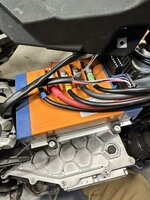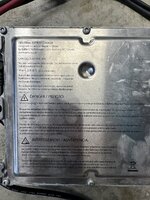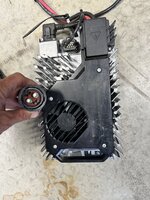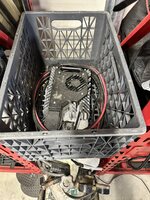Well I picked up one of the first of its kind for the little guy. There bikes rip and they are oil cooled….not liquid. Guess it has a mineral oil not a coolant for the motor coolant.
Cobra killed it. If anyone is interested let me know. I know of 3 more that are coming but other than that they will be hard to get.
They have a holeshot mode
Hot swappable battery
Quick and slow charging option
Already way outlasts my sons ktm e5
Has top off charging mode
6 ride modes 2 are low traction modes, not like husky where it only gradually gets slower.
Hope you guys enjoy….these things are awesome.
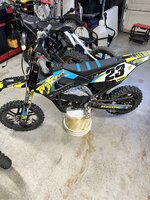
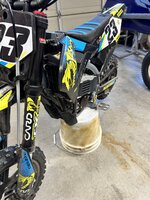
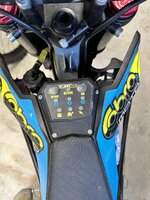
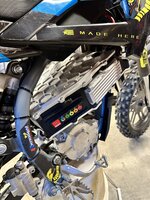
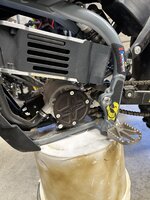
Cobra killed it. If anyone is interested let me know. I know of 3 more that are coming but other than that they will be hard to get.
They have a holeshot mode
Hot swappable battery
Quick and slow charging option
Already way outlasts my sons ktm e5
Has top off charging mode
6 ride modes 2 are low traction modes, not like husky where it only gradually gets slower.
Hope you guys enjoy….these things are awesome.






